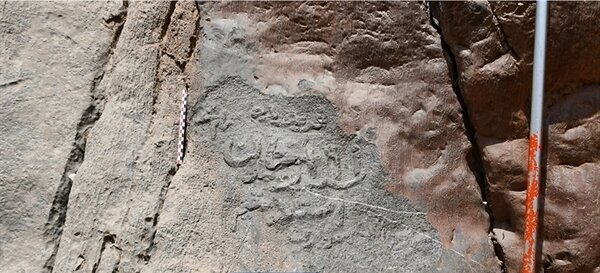Centuries-old petroglyph, architectural remains discovered in western Iran

TEHRAN – Centuries-old petroglyph and architectural remains have recently been found in Iran’s western Lorestan province, provincial tourism chief has announced.
Four bridges, a paved road, a mill, the remains of a castle, and most importantly a petroglyph, which are estimated to date back to Safavid-era (1501–1736), have been discovered in the city of Aligudarz, ISNA quoted Seyyed Amin Qasemi as saying on Wednesday.
The petroglyph is engraved on a mountain at the end of the paved road in Persian, which explains about the road construction project and has a date of 1680.
The Safavid dynasty was one of the most significant ruling dynasties of the country, often considered the beginning of modern Iranian history.
Lorestan was inhabited by Iranian Indo-European peoples, including the Medes, c. 1000 BC. Cimmerians and Scythians intermittently ruled the region from about 700 to 625 BC. The Luristan Bronzes noted for their eclectic array of Assyrian, Babylonian, and Iranian artistic motifs, date from this turbulent period. Lorestan was incorporated into the growing Achaemenid Empire in about 540 BC and successively was part of the Seleucid, Parthian, and Sasanid dynasties.
ABU/MG
Leave a Comment